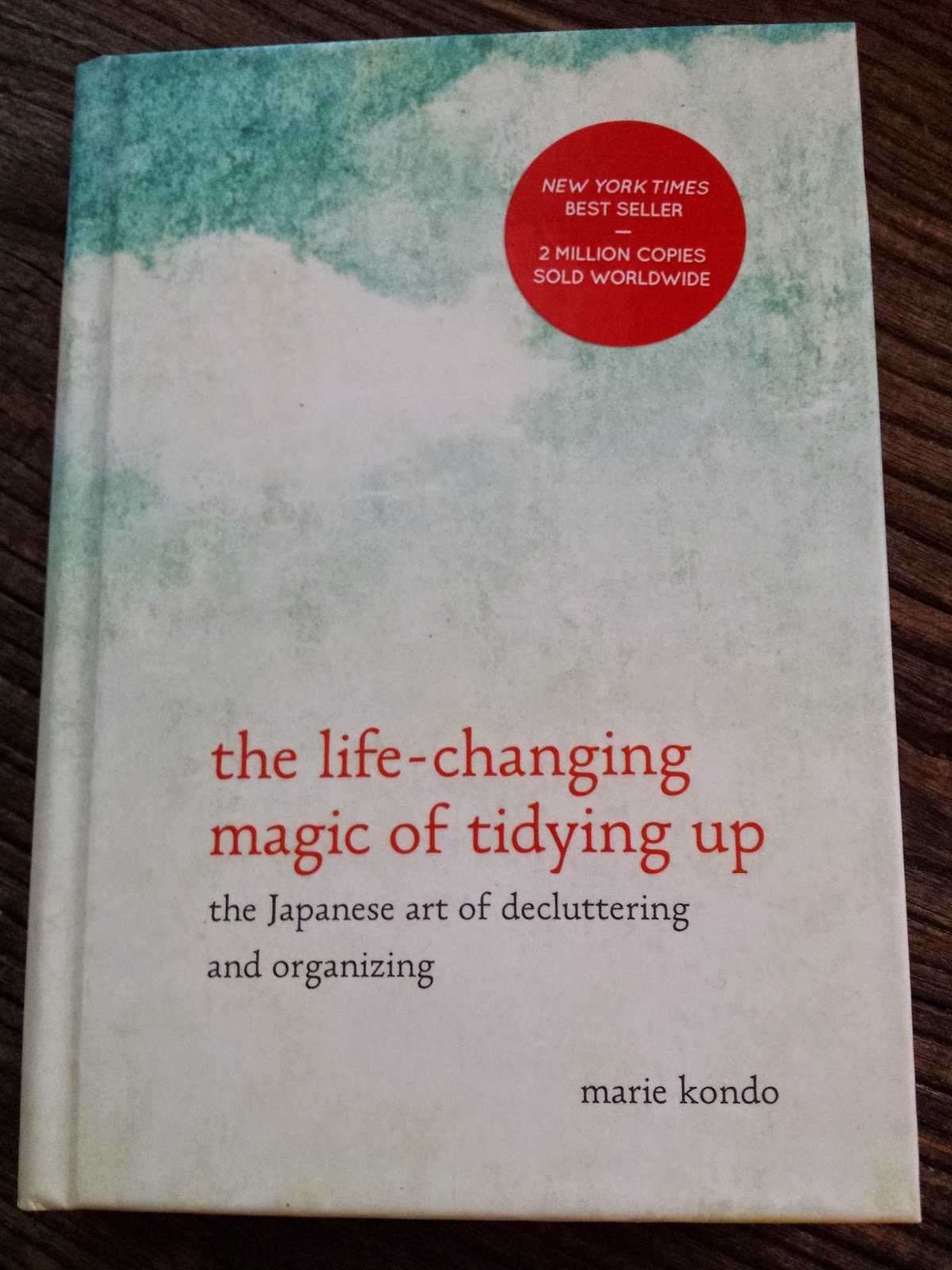What I liked about this book, besides the fact that I am a sucker for its epistolary style, is that she debunks the myth of artist as an alcoholic, drug-addicted, sexually promiscuous cad. (Although admittedly there are a few!) She addresses the many distractions that keep the artist from her easel, writing desk, camera, potter's wheel, workshop, or other places of creativity and labor. And, yes, being an artist is work. It is not about wearing all black and sitting around with friends bemoaning the tribulations and frustrations of Art and Life. It is doing the work even if that means courting the disapproval of and being misunderstood by family, friends, and lovers.
Reading this book led me to pull perhaps Ms. Cameron's most popular book off my shelf: The Artist's Way. When I was working in the bookstore in the 1990s, a group of us attempted to read this and do the weekly tasks to 'uncover our blocked artist.' Most of us made it about halfway through the 12-week course. So I decided to give it a try again. Part of the journey is keeping three handwritten stream-of-consciousness daily pages, the Morning Pages, which I am doing. She also suggests a solo artist date every week - a visit to a museum, a browse around an art supply store, or just to see a movie. The purpose here is to get out of the house and feed your artist with images and sensations.
Each week focuses on helping the artist recover first a sense of safety, then identity, power, integrity, and possibility (this is where I am now). To come: abundance, connection, strength, compassion, self-protection, autonomy, and faith.
Ms. Cameron is quite the drill instructor but I sort of pick and choose the tasks and writing exercises that she suggests for each week. I have been faithful to the Morning Pages and I don't have any trouble taking myself on solo excursions around town.
Discipline and perseverance are what I am going for by taking on this project.
The other book of hers that I own and have been dipping into is The Sound of Paper. In this book, each chapter contains a short biographical essay followed by a "Try This" writing prompt. It is one of those books that I can read a chapter a day or a week and be satisfied.
As I am always on the lookout for creative inspiration, there are others by Ms. Cameron to be explored, most notably: Walking in This World: The Practical Art of Creativity; The Vein of Gold: A Journey to Your Creative Heart; and Finding Water: The Art of Perseverance.
The beginning of the year is a good time to jump-start my creativity with inspirational and motivational books. These seem to be doing the trick.
Have you befriended Julia Cameron and her books? What did you think? Help or hindrance?


